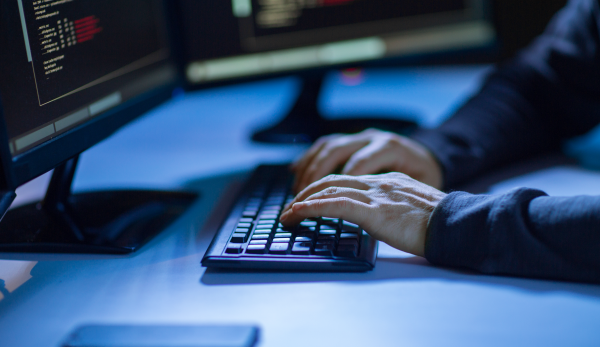Cybersecurity and artificial intelligence company Darktrace says its own analysis has found that cyber-attacks targeting the Australian health and social care sector doubled in 2021.
The company said the data also shows these sectors remain the most attacked in Australia in 2022.
It said the data and insights are developed by ‘early indicator analysis’ that looks at the 'breadcrumbs' of potential cyber-attacks at several stages before they are attributed to any particular actor and before they escalate into a full-blown crisis.
The data is sourced from Darktrace’s customer base across all industries. It shows that healthcare was the most targeted industry in Australia in 2021, overtaking the financial and insurance sector which ranked first in 2020.
Figures from January to March 2022 indicate that this trend is continuing with a 37 per cent increase in malicious activity compared with the same period in 2021.
<
The attacks range from ransomware that aims to disable healthcare systems until a sum is paid, to supply chain attacks where attackers evade traditional security controls and attempt to get to the heart of critical systems.
Darktrace said the significant rise in attacks on Australia’s health and social care sector suggests attackers pivoted to targeting healthcare at a time when security teams were particularly overstretched and new infrastructures such as contact tracing, electronic test reporting, digital certificates and vaccine appointment bookings were being rolled out across the country.
The continued rise in attacks likely reflects that at times of heightened geopolitical tension, for both nation-state actors and lone cyber-criminals alike, critical infrastructure and services remain a top target to conduct espionage and cause maximal disruption.
“It will come as no surprise that the health and social care sector was the most targeted Australian industry in 2021,” said Tony Jarvis, the director of Enterprise Security at Darktrace. “It is concerning that the trend is continuing as we speak and we have to do more than just asking humans to be on 'high alert'. In the cases we are reporting on the organisations were able to quickly identify and interrupt the threat using artificial intelligence, which meant they suffered no system disruption.”
He added: “Australia’s plan to introduce what is being dubbed one of the world’s strictest cyber security laws to bolster defences against critical infrastructure which will apply to the health sector is not perfect, but it shows that government’s focus is in the right place. The time is now to begin conversations about how artificial intelligence uplift and augment defenders of critical infrastructure so that they can stop emerging attacks in real-time before normal operations are disrupted.”
